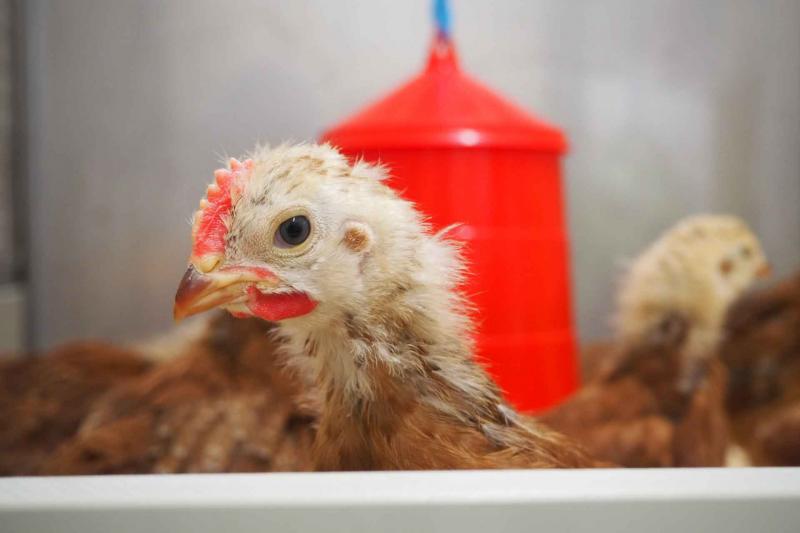



Pirbright scientists reveal more clues on how bird flu viruses evade vaccine immunity
The Pirbright Institute shows that avian influenza viruses can combine two techniques to evade vaccine immunity, aiding their spread in the field
© The Pirbright Institute
Influenza viruses are able to mutate, which can enable them to evade immunity generated by natural infection or vaccination. Flu viruses have four main ways of duping the immune system so that they can continue to infect and spread between birds. Pirbright scientists investigated two of these to further understand how the H9N2 avian influenza virus can change its genetic makeup to overcome poultry vaccines.
One of the methods the virus can use is to alter one of its surface proteins called haemagglutinin (HA), which enables the virus to enter the cell and replicate. HA is also a common target for the immune system’s antibodies, which block the virus from binding to cell receptors. By changing just one or two protein components, HA can latch on far more tightly to the cell, preventing antibodies from stopping the virus. However, this can come at a cost, as particularly strong binding can prevent effective replication.
The other method scientists investigated is how H9N2 viruses disguise themselves by adding sugar chains to the surface of their HA proteins. This can block antibodies from binding, but also has varying fitness outcomes for the flu virus. In a study published in Emerging Microbes and Infections, Pirbright researchers found that the location of the sugar chain on HA could determine how effectively the virus replicated.
They also demonstrated that the two evasive techniques could either compliment or act against each other – if a flu virus had gained mutations that enable it to bind more strongly to cells, a sugar chain in the right position could restore its ability to replicate effectively. In contrast, weakly binding flu viruses do not benefit from HA sugar additions, which instead reduce the virus’s ability to replicate.
Exploring the dynamics between these adaptation methods is helping to inform Pirbright scientists on how bird flu viruses escape the immune system. Such changes can also potentially make the virus better adapted to infecting human cells, which could result in them crossing the species barrier given the right conditions. Understanding how influenza evolves is therefore crucial for creating vaccines that are tailored to preventing these types of mutations.
Professor Munir Iqbal, head of the Avian Influenza Group at Pirbright said: “We can use this knowledge to develop new vaccines that will help antibodies to recognise how the flu virus can change. This will provide protection to birds even as the virus evolves. We can also use this information to understand how viruses survive in poultry despite vaccination and monitor new adaptions that may appear in the field.”








